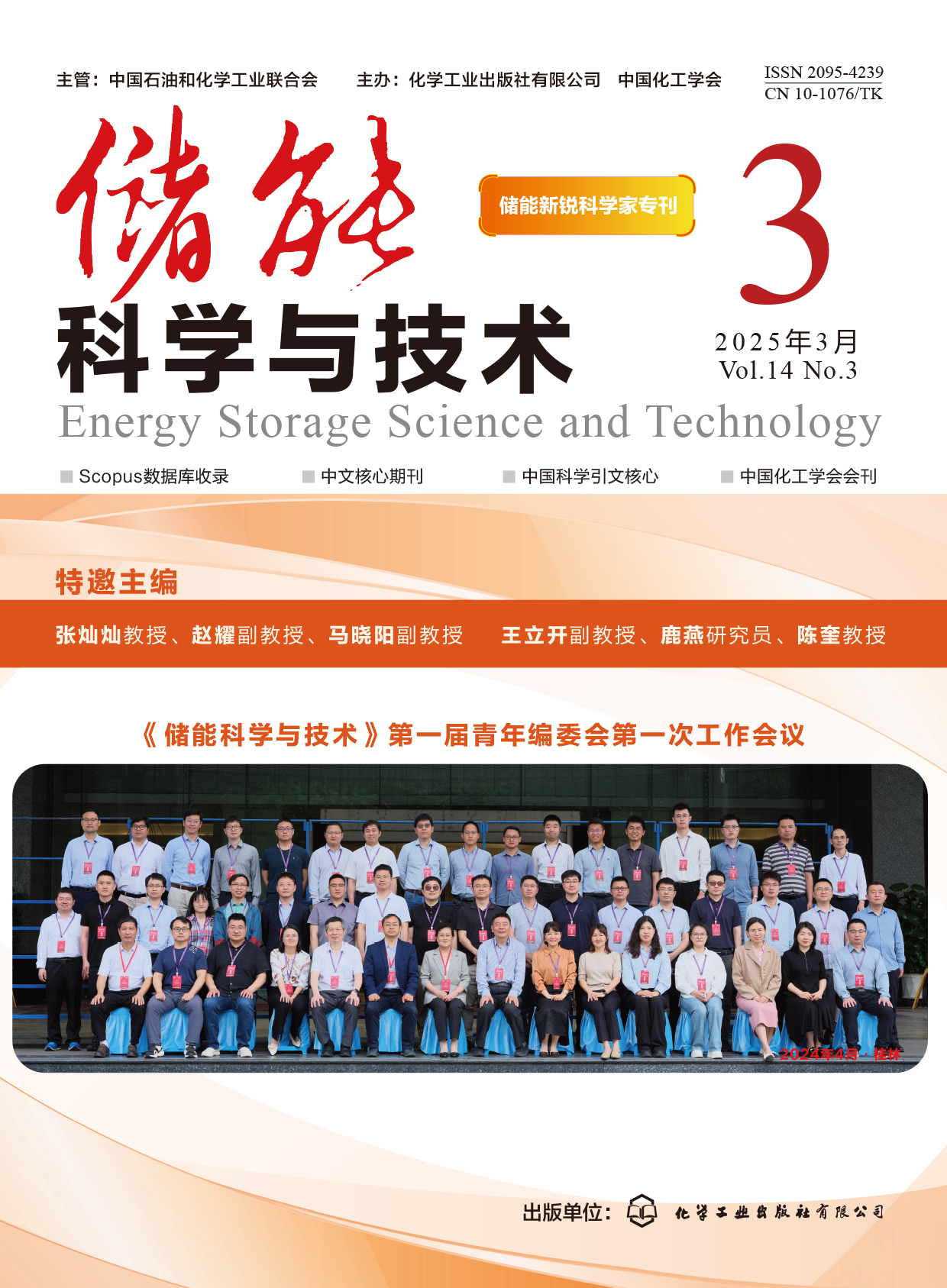The integration of informatization and industrialization is a key approach to advancing the cross-industry application of energy storage technology. The energy storage industry chain encompasses the vertical extension of production and manufacturing of energy storage components and the horizontal application across energy production, distribution, conversion, and storage. Integrating energy storage with digital technology enhances energy conservation, intelligence, and flexibility in industrial energy management. This study briefly introduces the development trends of energy storage technologies, including mechanical, electrochemical, thermal, and hydrogen storage, in digital innovation. It analyzes the temporal, spatial, and informational attributes of energy storage, highlighting the role of digital innovation in cross-industry coupling. A digital intelligence innovation map of the energy storage industry chain is developed, presenting two perspectives: the vertical extension focuses on manufacturing energy storage materials, components, devices, and systems, while the horizontal application perspective addresses the construction, investment, and operation of energy storage stations. From the horizontal application perspective, a roadmap for the coordinated development of energy storage and the energy internet is outlined. Characterized by one-dimensional centralized, two-dimensional cross-industry, and three-dimensional cross-internet applications, this study summarizes energy storage configuration paradigms for point, line, and plane applications and analyzes their characteristics in respective scenarios. Based on the "X + Y + energy storage" paradigm of the line scenario, a wind-solar-thermal-storage system supplemented by fuel energy storage is proposed. The combination of long-term thermal energy storage for solar thermal power generation applications and electric fuel energy storage for emerging heat engine applications—such as carbon-neutral fuel internal combustion engines, gas turbines, and fuel cells-enables multiscale temporal and spatial collaboration. This study summarizes the development path of energy storage technology in digital fusion and introduces a "wind-solar-thermal-mass-storage" system configuration, which substantially improves the stability of multienergy collaboration.

